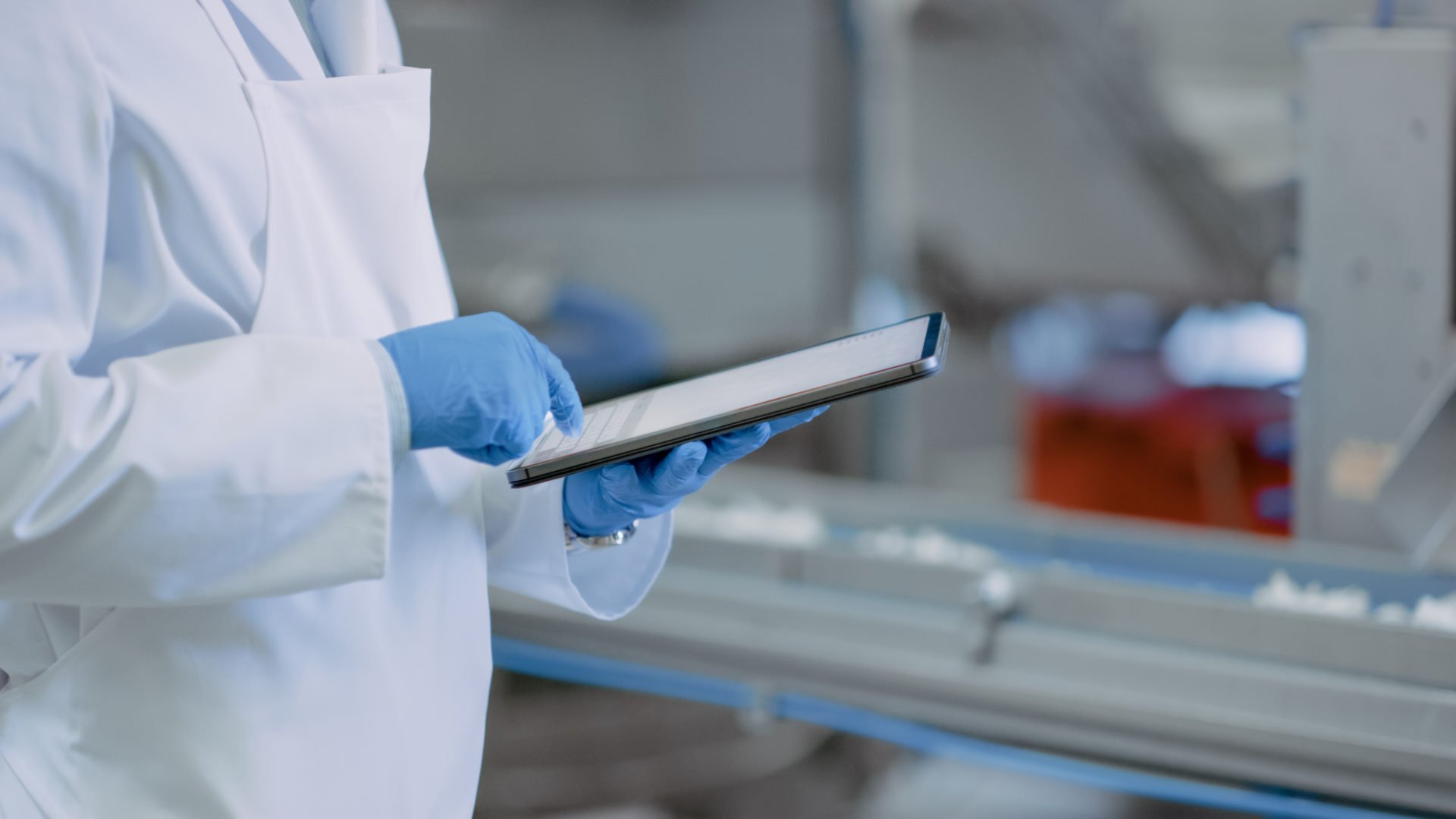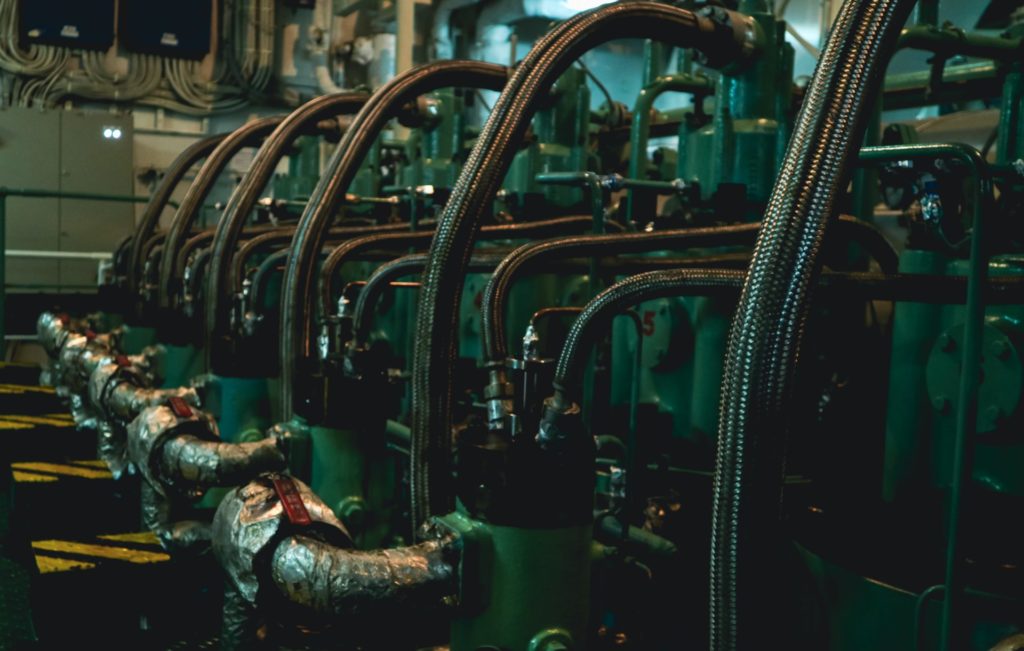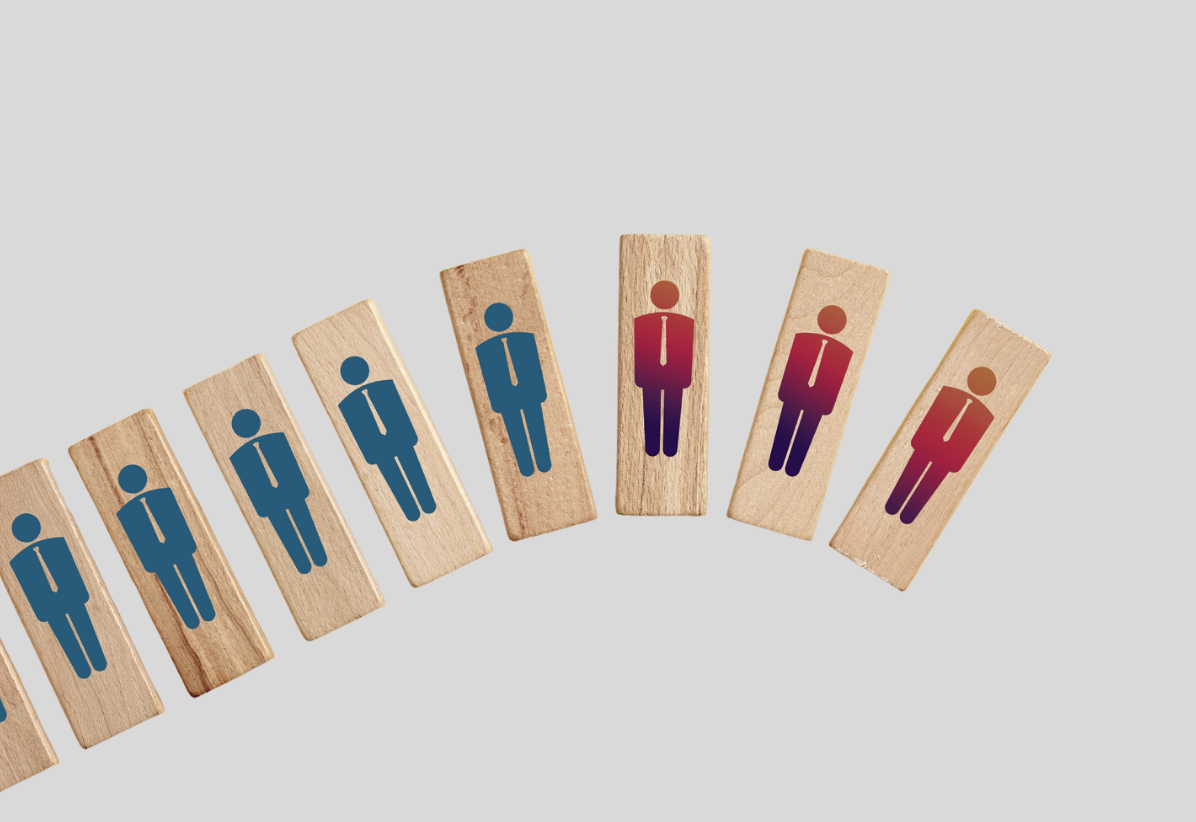3 Benefits that AI Can Provide To Your Manufacturing Company
Are you not sure of how AI can be used in your manufacturing business? Stumped on visualising where AI can be implemented as part of your processes? There are many benefits deriving from using AI within your company. Thi...

Are you not sure of how AI can be used in your manufacturing business? Stumped on visualising where AI can be implemented as part of your processes? There are many benefits deriving from using AI within your company.
This article focuses on the 3 main benefits of AI in manufacturing, which are quality control and compliance verification, safety and security standards, and inventory and logistics management.
In this article, we aim to help you:
- become familiar with some examples of how AI can be used in manufacturing,
- become aware of the benefits of using AI in your processes.
From this knowledge gained, we offer you the opportunity to work with Gemmo AI for your manufacturing and AI needs.
1. Quality Control & Compliance Verification Processes

In certain quality control applications and compliance verification processes, employees introduce variability, which can be problematic. This occurs because each employee is different, and performs differently over time.
Employee variability is also problematic because the control process requires a high degree of technical knowledge about the specific product. This can take months of training, which requires the financial resources and time of someone else to train them. Otherwise, it requires a highly-skilled employee, which can be very hard to find in the current job market.
It can be difficult to guarantee compliance to executives and auditors with an employee-based control process, both in the short term. This is due to employee turnover and training new staff, and in the long-run, due to standardisation of practices.
Difficulties with manual processes
For example, if a process remains quality controlled by employees, it would be hard to prove if the highest standards were applied to the process at a given moment. It is also hard to prove how, where, and why the process broke down. Sometimes with too many people touching the product or overlapping instructions, compliance verification is hard to achieve.
Another factor is time. Time is also of great importance. What if the quality control checks need to be done 24 hours a day and on hundreds or thousands of products? Manual checks become impossible, or employee bandwidth becomes extremely strained.
Instead of completing manual checks on products, produce, or a variety of other things that need compliance checks, your company could implement AI compliance verification for manufacturing requirements.
Quality Control & Compliance Verification Processes Meet AI
An AI algorithm can be trained to do just that–to complete the compliance verification checks, and to save time and employee resources. It can also provide a quantitative assessment based on product performance–meaning; it can provide statistics when a product is consistently performing or selling well, being made correctly, or is performing compliantly. AI algorithms can quickly determine a confidence score associated with each assessment and product.
AI leaves room for the possibility to develop hybrid quality assessment workflows, where the employees are only checking those products with low quality assessment scores. This alleviates them from these meticulous, tedious tasks and allows them to handle more complex issues.
For example, if a defect or an anomaly occurs and it is below the set or standardised threshold, assuming that threshold is 65% or less, the AI algorithm can flag the said product as an issue that then requires compliance verification by an employee.
2. Safety and Security Standards

Employees and employers must follow strict safety and security standards to keep the workplace hazard-free and safe for all. Employees must be detailed and careful with certain tasks–tasks that come with risk and dangerous situations, such as factory work, as line workers, or as electricians or engineers, when repairing mechanics or dangerous machinery.
Specific clothing attire and coverings are essential and required parts of the job so that they protect workers from their surroundings and the elements around them. These procedures minimise the risk of employees getting their clothing accidentally caught in machines.
Currently, companies might have cameras installed to watch the safety of employees, to make sure the work area is secure, and to keep an eye on production and productivity. Safety and security measures are usually manually checked by someone who goes around ticking boxes on a clipboard to note the date, time, and employee’s name who last completed the safety check in each area. In certain cases, these safety checks are not frequent enough and important details can easily be overlooked.
Safety and Security Standards Meets AI
-
Predictive Maintenance
AI could be implemented to improve safety and security procedures. For example, if a factory uses the same parts or equipment daily for a specific task. A task that keeps the part or equipment working non-stop. AI could evaluate the life expectancy of the specific part or equipment and alert staff when it has been used to its near maximum capacity.
This way, the part or equipment can be changed before breaking down and safety risks are kept low. If a line belt is used consistently and the life of that belt is 2,160 hours (90 days, 24 hours per day), AI could be used to alert employees to change out the belt before it snaps and breaks, potentially causing injury to someone nearby.
These same examples can be applied to air filters or cleaning out vats. The ideas are endless. AI can be set up to monitor and alert employees to the end of each equipment or parts life cycle.

-
Computer Vision-Guided Processes
Cameras and real-time monitoring (instead of an employee manually monitoring cameras) can be done by AI too for safety and security purposes. The human eye sometimes can’t catch all the errors or issues by looking at a screen. Not to mention, attention spans and monitoring too many cameras or screens at once can easily make employees miss things that AI could otherwise catch.
AI camera automation can alert workers and managers to issues in non-compliance at any stage of the work process. AI can also quickly alert staff to accidents and incidents right away instead of a worker needing to flag someone else down for help nearby, which causes delays in reaction time. The use of AI allows for a quick response process to be put into place.
AI technology can also take on these dangerous or risky tasks in order to ensure the safety of employees. Machine learning processes already exist that check products, boxes products, and moves bad products off the line, etc.
These processes can perform checks on systems–air filtration, electrical, fire, water levels, temperature, etc. This would allow employees to focus on high-level tasks and to only come to the area if the AI alerts them that something is wrong.
3. Inventory and Logistics Management Meets AI

-
AI & Packaging Standards
Instead of employees manually counting the number of pieces before packing them in a shipment, AI can take on this process to ensure that there are no errors in counting, especially if the shipment is made of a variety of small items. (For example, 300 bolts, 500 screws, or 10,000 pharmaceutical medications).
Once the shipment is packed in a box, we are unable to tell if the products inside have been damaged. There are options with AI to check the contents and their structure with computer-vision systems. This AI technology allows the company to stop a package from being shipped if the products inside or packaging are identified as damaged.
-
AI & Barcode Verification & Analysis
Human vision can get blurred from constantly scanning and checking for the same exact thing over and over again. Our eyes can ‘skip’ and miss one when the task is redundant, especially things like barcode checks.
Also, cross-checking lists to make sure barcodes line up between packaging and what’s been ordered can be time consuming, especially if there are hundreds or thousands of packages to confirm. AI can handle this with computer-vision systems, saving tons of time, resource hours and company costs, and manual labour–allowing your employees to handle more complex tasks.
-
AI & Inventory Management
Usually employees scan shelf labels when products are out of stock or low on inventory. These numbers get reported to the company inventory system, which advises on what to order for the next shipment. Sometimes however, employees miss scanning a label or sometimes products are stocked under the wrong label–causing missed opportunities to keep stocks shelved appropriately and timely.
Instead, AI can keep track of inventory with computer-vision systems. It knows how many items have been sold, what the inventory level is, and it can report when stock is low and when reordering is needed.
This allows employees to focus on more complex tasks, such as logging those products that have a defect, which need to be manually categorised as no longer part of the inventory due to damage. This changes the inventory number so that the AI system can remain accurate and updated.
Conclusion
There are endless opportunities to use AI within your manufacturing business. Opportunities such as 3D printing, equipment inspections, and machine learning. This article was just the tip of the iceberg, only focusing on three of the benefits which AI can bring to manufacturing businesses: quality control and compliance verification, safety and security standards, and inventory and logistics management.
As we’ve seen within each section, there were a couple of ideas for ways to implement AI and improve current processes and practices. Processes and practices, such as predictive maintenance, the use of computer vision-guided processes, packaging and shipments, barcode verification, and inventory management.
Work with Gemmo AI today for your manufacturing and AI needs.
Check out our other article: AI Implementation & Solutions for Manufacturing
Author: Samantha Sink
Photos from Unsplash



